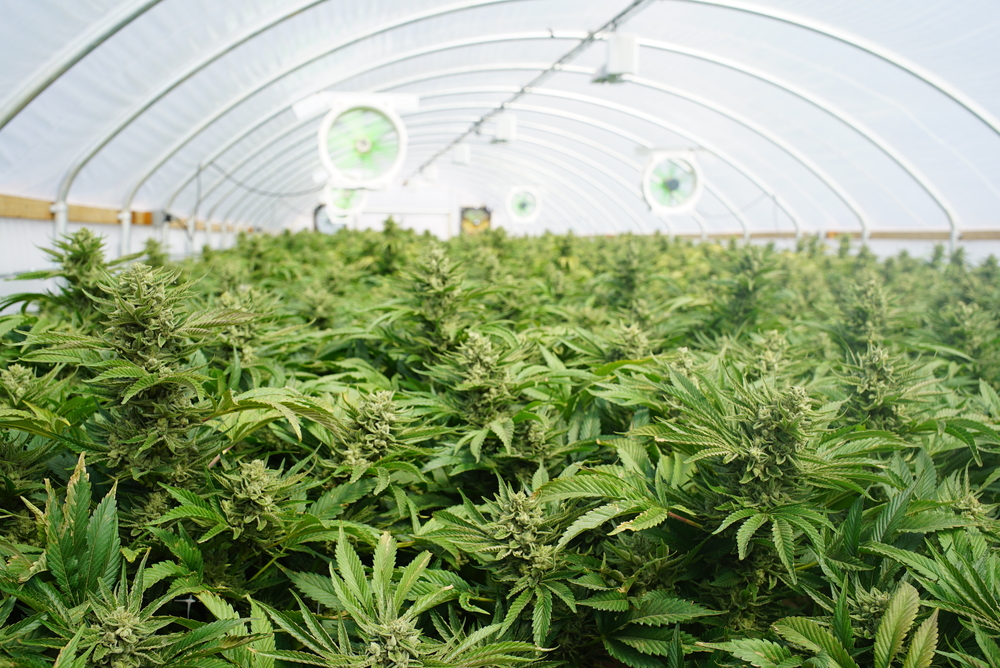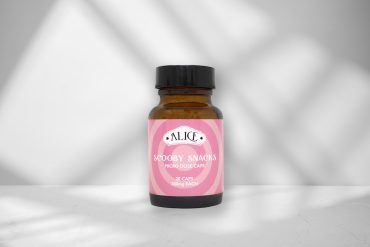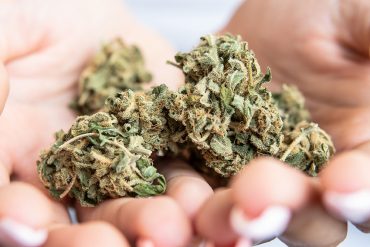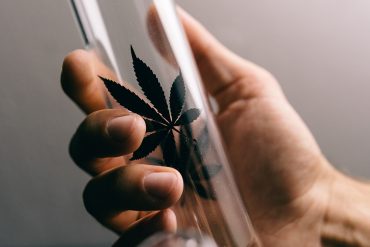- You have no items in your shopping cart
- Continue Shopping

Cultivating and growing Canadian marijuana has become so much more of a popular hobby nowadays. Along with legalization still being quite recent, more Canadians are getting their hands on seeds of their favourite strains, trying to grow the flowers themselves. With that in mind, methods of growing have evolved as well and have branched off in their own ways. Some good, some bad.
Many growers, both experienced and novice, have begun experimenting with the use of hormones called Plant Growth Regulators (PGRs), stirring up quite a bit of conversation about the topic. Plant Growth Regulators are specific to the plant kingdom and have a huge and diverse effect on a plant’s growth cycle. These naturally occurring hormone-like chemicals are designed to both rapidly speed up the growing process as well as make the plant very compact, densening their physical make-up. Most commonly used by indoor growers, marijuana plants influenced by PGRs will grow extremely tall and produce large leaves. Farmers who use PGRs on their cannabis plants would notice that all their flower would be very compact and dense.
The use of PGR is frequently increasing amongst growers nowadays, and some users are unhappy about it. Although this variation of legal growth steroid seems to offer many positives, could Plant Growth Regulators be potentially harmful towards you?
The Truth Behind PGR’s
Science has found Plant Growth Regulators to be potentially harmful towards humans in the long run. While there are a handful of connoisseurs out there aware of the effects of PGR, most casual cannabis users will not often think about how their bud is being grown or what is being added to it. The number of users who are aware of what PGRs are and how they can be harmful to the body is even fewer than that.
While PGRs are fine for growing plants, the consumption of them interferes with hormonal pathways (Gibberellin in particular) and their biosynthesis are seen to be the most dangerous. Not only can synthetic Plant Growth Regulators such as Alar (Daminozide) promote cancer due to carcinogen, variations such as Paclobutrazol can cause liver damage and other harmful effects. Individuals are under the same risk from eating an apple with PGRs as they are from rolling up a joint. There are a number of other growth regulators and hormones with even harsher negative effects, though most have now been outlawed.
How To Identify PGR-Grown Weed
Now that you have read enough about what Plant Growth Regulators are and their capabilities, here are a few tips on how to identify bud that may have been influenced by PGRs. Density is one of the most sought after aspects when marijuana consumers are shopping for weed, and that is a specialty of most PGRs. To add, when these dense nugs are broken apart, they prove to be very ashy and not contain many visible trichomes. Another similar aspect about the appearance of these flowers is the abundance of orange hair. While most cannabis lovers often go crazy over such a thing, you should always make sure that it was not affected by any PGRs. Overall, marijuana that is naturally cultivated and grown and does not contain any PGRs will be fluffy, easy to break and fresher looking. If you have any questions about PGR or Weed Hub, feel free to get in touch via our Contact Form.




